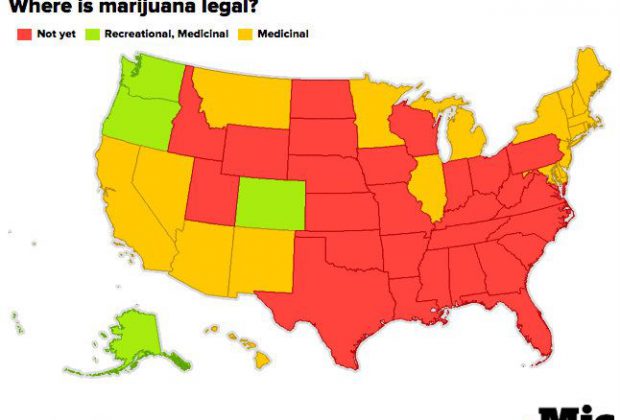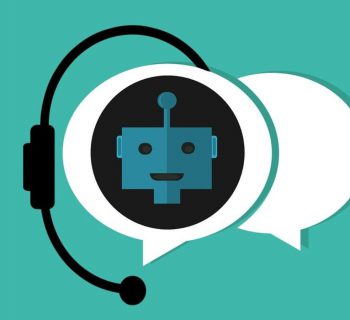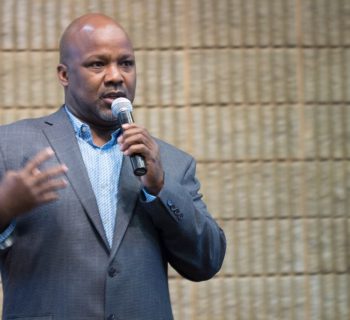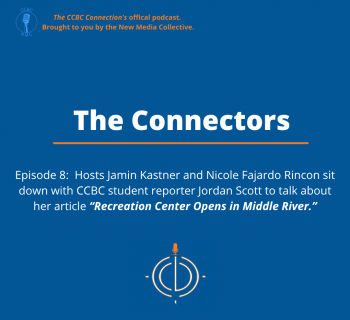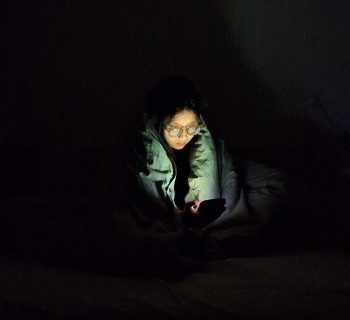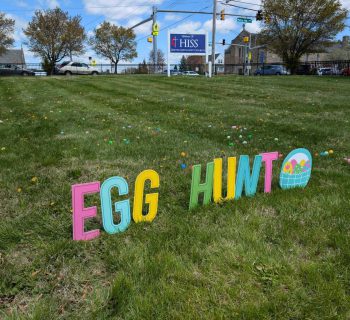Image: https://mic.com/articles/134054/here-s-a-map-of-every-state-and-their-marijuana-laws#.duHrF7wHo
*Articles reflect the views of the author and or those quoted and do not necessarily represent the views of CCBC or the CCBC Connection.
Justin Donadio
A recent article from the online publication Civilized has referenced a study from the University of Connecticut that teens who are dependent on cannabis are more likely to face economic and social problems in adulthood. Looking at this from the perspective of a future counselor, the use of marijuana and the ever changing perception of it has ramifications for all clinicians who treat a diverse population when performing Biopsychosocial or Diagnostic assessments and considering how the data gathered from clients comes into play for their treatment.
This touches on the concerns of those who favor medical marijuana or outright legalization but overwhelmingly oppose legalization for teenagers and believe there should be age restrictions for medical marijuana. While we cannot completely eradicate teens from procuring and experimenting with marijuana, we can at least recognize that by regulating it per legalization or medical age restrictions, we can implement some hard reduction or damage control methods to combat the rampant use of it in an illicit manner.
There are the psychological “Use It or Lose It” and “Back to Front” theories that explain important concepts in the development of adolescents through their teenage years and how the brain develops and continues to grow based on the developmental phases of psychosocial development and the pruning process of unused synapses. In the third edition of the Lifespan Development textbook, Use It or Lose It theory is described as, “abilities and knowledge acquired during childhood but not practiced or accessed during adolescence may be lost during adolescence as the synapses and neurons in inactive neural pathways are pruned.” Furthermore, “during the rapid period of brain development occurring during adolescence, how the adolescents choose to stimulate their brains will significantly shape the physiological development of their brains.”
One can deduce that a person seeking treatment already has significantly impaired judgment and problem solving skills. When considering they may have been smoking marijuana at a young age, a drug that is not exactly known for spurring inspiration and activity, that they need added help from their counselor or therapist in putting tools in their toolbox to raise awareness of the multifarious load of problems drug use has been causing in their lives. Back to Front theory states that, “the prefrontal cortex, the executive functioning of the brain, matures later during adolescence than regions further back in the brain…[the limbic system]. This is used for logical reasoning, impulse control, and planning. As a result of the limbic system maturing before the prefrontal cortex, decision making and behaviors of adolescents represents that of children…” This directly ties to the Use It or Lose It theory when considering an adolescent without a fully formed brain and impaired decision making skills and the added damage that marijuana smoking can cause on the brain at such a young age. It provides further implications for treatment when considering where a client is coming from during their assessment and how their previous history leading up to treatment will impact their trials, tribulations, successes, and prognosis.
Another point to highlight are the racial factors and bias that are often attributed to marijuana use. We can assume that their socioeconomic status, race, and where they grew up have predictably resulted in their current issues but I think this puts people in a box that makes it easy to make lazy assumptions rather than investigate the root causes that have skewed or damaged their development. I think this contributes to the idea of the “hopeless addict” and resigns people to failure and a life devoid of the possibility of change. Once again, I think the onus of personal responsibility is on the clinician to determine a multitude of factors that have put a would-be client in the position of seeking treatment and how they got to this point.
To summarize, the adolescent brain is undergoing considerable development physiologically and psychologically. If a sedentary lifestyle, poor diet, and lack of involvement in social and extracurricular affairs can negatively impact the development of the brain, in what way could we be lead to believe that marijuana use at this precious time would have no discernible effect? Going back one last time to examine the correlation only finding of the impact of socioeconomic status, high school and/or college completion, depression, and welfare dependence, one must consider the new light this sheds on how harmful marijuana use can be on adolescent and teenagers development regardless of their backgrounds.
Taking all this information into account, I think that marijuana use by adolescents with still developing brains has significant impact on their future development and prospects with transitioning to adulthood. Consider the discussion of the still growing prefrontal cortex and how illicit substance use will alter decision making, impulse control, and weighing of consequences tasked primarily to the fledgling limbic system. Where the brain is at this point in psychosocial development is already lacking in these areas without adding premature marijuana use to the equation. This can result in skewed paths for the adolescent with respect to their academic record, attendance in school, ambitions for college, professional goals, needs, etc. Comparative to adults, teenagers already have more impaired thinking as a result of the aforementioned developmental phase associated with this time in their life. Marijuana use can further compound these issues the more frequently it is used that ranges from less than monthly to daily use.
Factors such as depression and welfare status are not associated with adolescent marijuana use, though the associations with completing school, drug use and suicide attempts remain significant. The likelihood of problems increased as smoking frequency increased. Dr. Sharon Levy, director of an adolescent substance abuse program at Boston Children’s Hospital, comments, “The reason that people are concerned is that they recognize that this is an addictive substance, and some portion of the population that uses it will become addicted to it and have very bad outcomes. As with all addictive products, the risk is greatest in adolescence.”
What we find is more teenagers and young adults with extensive histories of polysubstance use outside of marijuana alone that directly effects their transition to adulthood, the development of their brain, and their future prospects at success and a fulfilling life. If using addictive drugs is all they know at an early age and the focal point of their recreation, socialization, and daily life, it is no wonder that many of them find their way into using other illicit substances and eventually into treatment at such young ages with significant life stressors and psychosocial areas of concern.
The use of the long-term studies to better determine the effects of marijuana use in adolescence creates a better picture from which we can derive legislative perspective with the ever changing laws and public support of medical or legalized marijuana, better harm reduction and treatment methods for those who meet the criteria for substance use disorders and where exactly they are coming from and where we as clinicians can meet them, and hopefully more substantial education to the youth out there who will most likely at some point experiment with marijuana. The goal being that the more education and facts they are armed with, the more informed decisions they can make as they navigate toward autonomy and young adulthood.
*Articles reflect the views of the author and or those quoted and do not necessarily represent the views of CCBC or the CCBC Connection.


